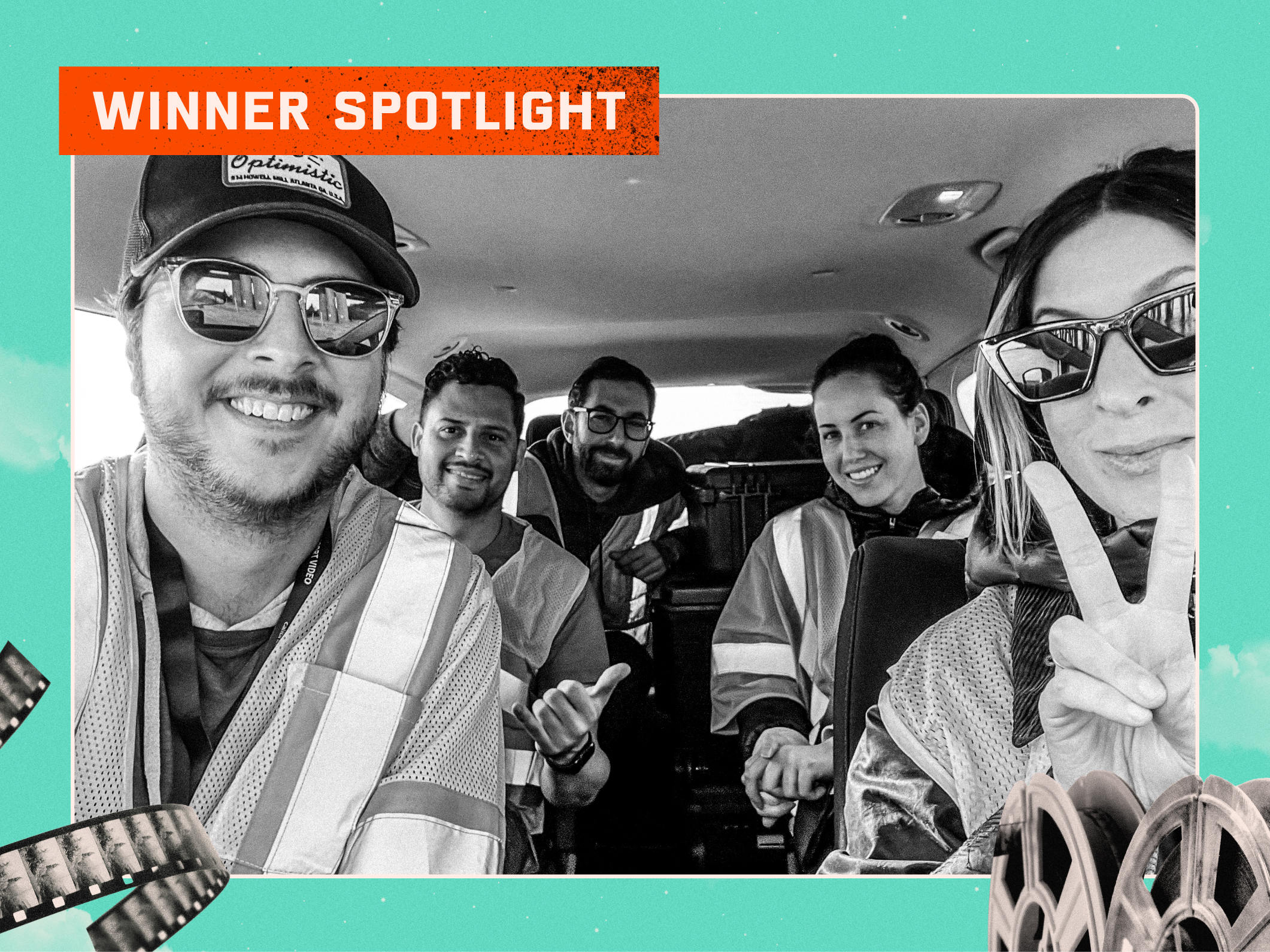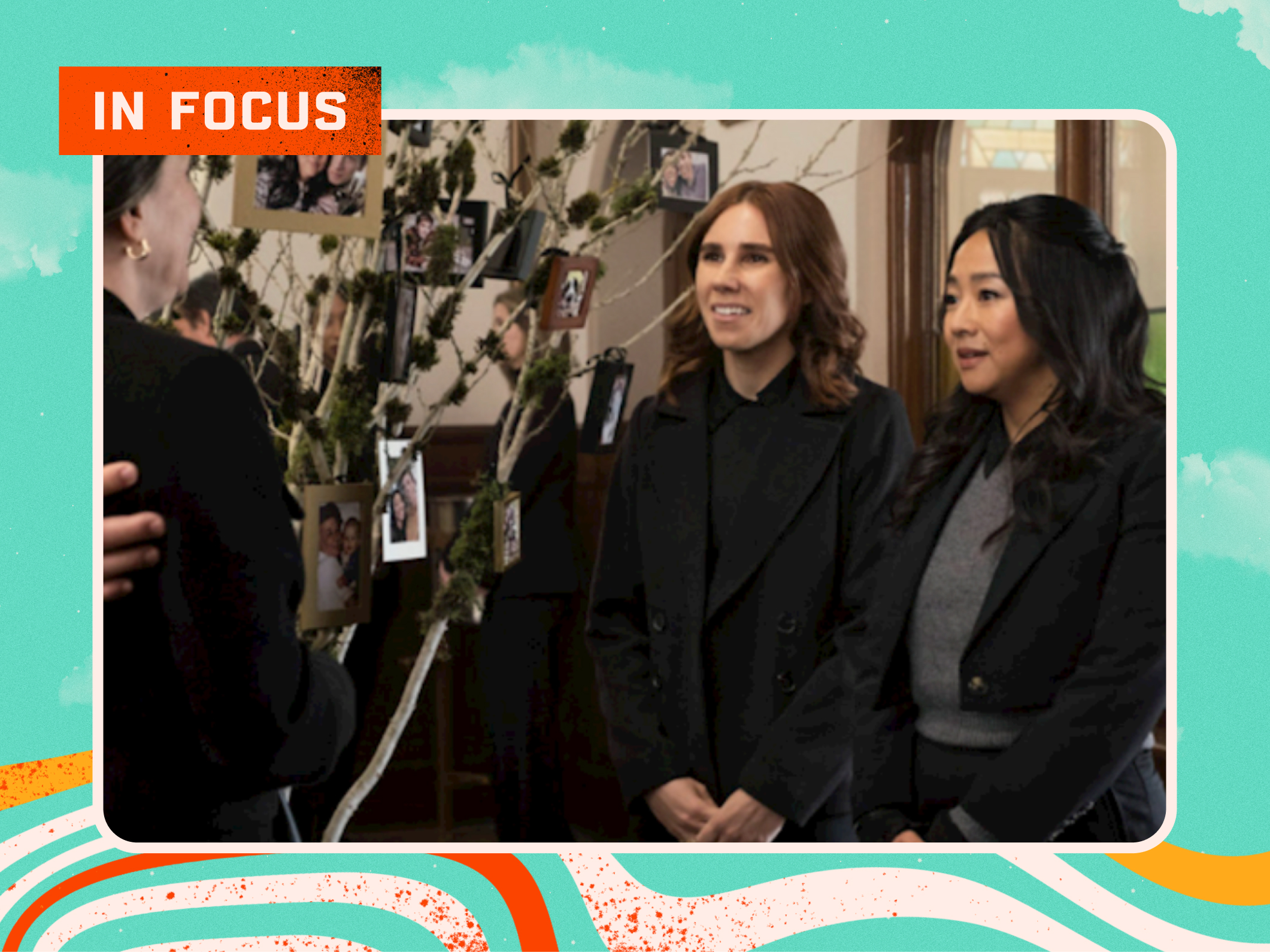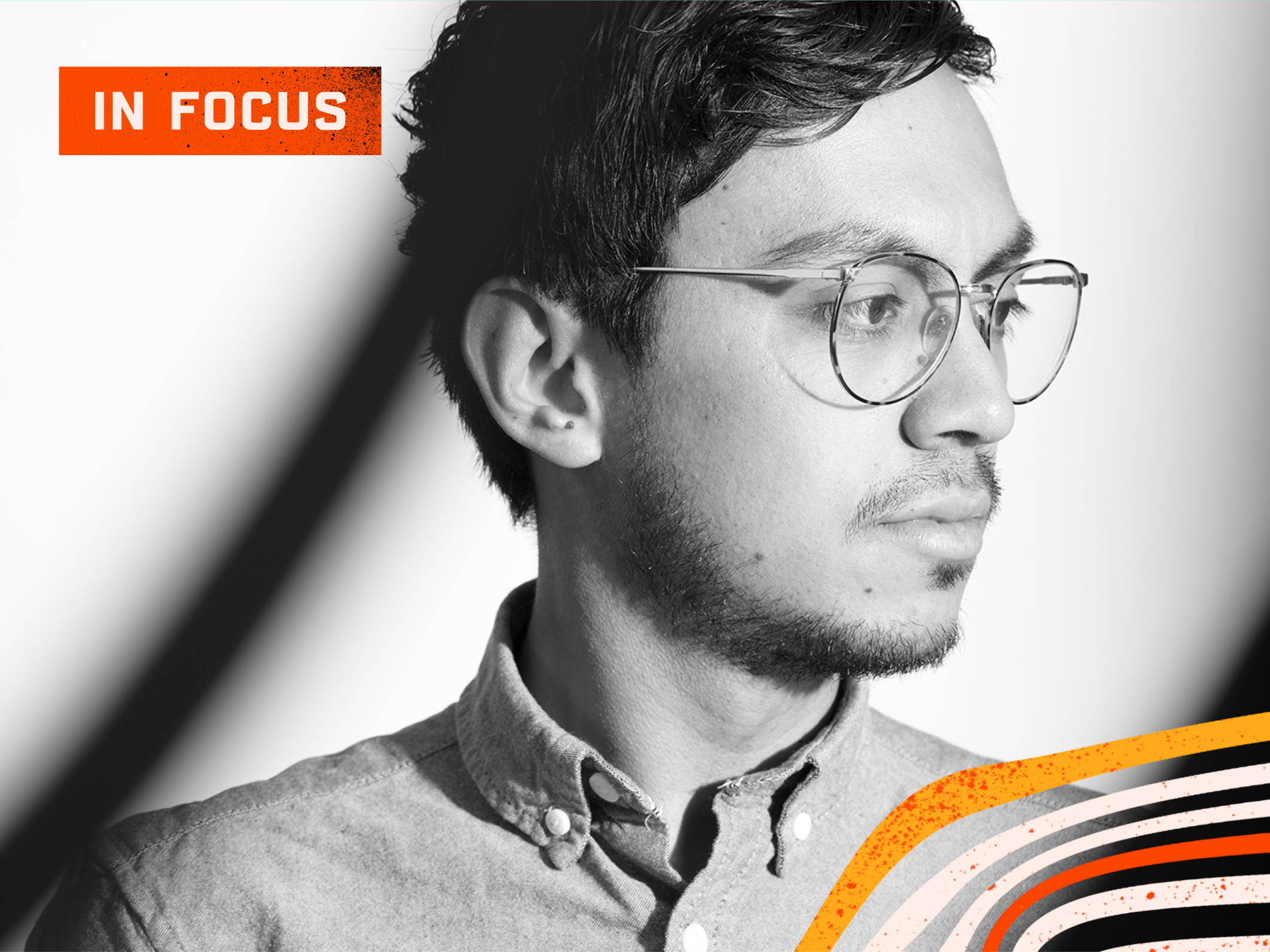For our newest In Focus interview, we speak with Playstation Studios Creative Arts and game developer Housemarque to discuss how they created their Telly Award Winning video “Returnal – Breaking Down the Cycle.” Read the full interview below to learn how they executed their innovative take on the typical “Development Diary” for a video game, eschewing talking heads and instead putting the game director in a strange world that mimics the universe of Returnal, a highly popular third-person-shooter video game.
How did the concept for this video, and its unique structure, originate? Was there anything in particular that inspired it?
PlayStation Studios Creative Arts:
The primary inspiration for ‘Breaking down the Cycle’ came from a simple but sometimes overlooked writing technique, ‘show don’t tell’. Taking influence from Russian novelist Anton Chekhov, who said “Don’t tell me the moon is shining; show me the glint of light on broken glass,” we really wanted to make something that spoke directly to this method. When generating concepts for this project, we wanted to move away from the typical video style, where developers are interviewed about the game and footage of people working is cut together with gameplay to support the interview narrative. Instead, we looked to find a way to take the audience on a journey and ‘show’ them the themes and mechanics of the game, as opposed to just telling them. With a location-based shoot available to us, we got to work writing a structure, which allowed Housemarque to talk about the game, all while a fictional story played out underneath, engaging the audience along the way.
Housemarque:
The story and structure of Returnal was the main inspiration for the concept. The idea was to create a semi-realistic version of a mysterious time loop in the Finnish woods. Grounded in reality and then later shifting to a more of a haunting piece was the aim, bringing the unusual to a video format that tends to be quite straight forward. A huge thanks to all the creative partners at Sony for the project, pre and post production.
What challenges did you encounter while creating this piece? How did you overcome them?
PlayStation Studios Creative Arts:
Our first challenge was to identify the key themes and mechanics that needed to be communicated within the story. We did this by diving deep into all of Housemarque’s documentation and literature, understanding the game’s story itself, along with the themes, aesthetics and inspirations that helped build this unique world. Once we had a clear idea of what we needed to communicate to the audience, we began to write these into our scripts. Covid 19 restrictions also proved challenging at the time. As we were unable to travel to Finland, we put together an amazing local crew, headed by the talented director Jarno Elonen. Working closely with Jarno allowed us to align our vision, ensuring we could obtain the performance and coverage needed for the edit to work. Jarno carried this out brilliantly and it was such a great collaboration to be part of.
Housemarque:
The setup was very basic, a usual location scouting for a typical Finnish forest and a dilapidated cabin. Plenty to choose from. After deciding on two days of filming, the first day started off as any other “behind the scenes” video. The second day was clearly like entering a time warp. All the props were in place and the actors just took things slower. Towards the end, everyone was simply in the zone and spaced out in a way that would appear off putting and unnatural. The day ended with a strict schedule and everyone snapped out of the funk, but it just reminded us that we all can immerse ourselves into the mood of the piece.
How did the concept for this piece evolve over time?
PlayStation Studios Creative Arts:
We went through several revisions before locking the script ahead of filming. The initial narrative was purposely over the top. We wanted to throw everything at the wall to see what resonated with Housemarque and PlayStation’s XDEV and marketing teams. In one draft we even had creepy night-time car sequences on winding lake-side roads. This exercise allowed us to get a great steer on what the key messages really were, as opposed to the things that might be more superficial. From here we stripped our story back to its simplest form to create a clear narrative. It was quite a transformation.
Housemarque:
Those two days [of filming] were all about getting lost. Spending time in the middle of the woods was at first a bonding experience, but then deliberately turned unnerving. Eating packed lunches with hot cocoa in the snow-covered nature was a warm experience. Everyone was excited and the filming was fun and filled with humour. The next day needed to be the opposite, so there was much less conversation and comradery. Not that we didn’t want a nice shoot environment, but rather realizing that it would be harder for the actors to switch back and forth from the edge of despair to normal social interactions.
What part of this piece are you most proud of?
PlayStation Studios Creative Arts:
We love that we were able to create something that resonated so well with the audience. We didn’t feel the need to spoon-feed them and we weren’t afraid to make them work. They engaged with it and put the pieces together for themselves, as opposed to it being a purely passive experience. More subtly, there was a nod to ‘Checkov’s gun’ by introducing the alarm clock prop into each act, fulfilling a specific narrative purpose. We feel this worked perfectly and really tied the eerie journey together, from set-up to pay off.
Housemarque:
The cabin shots in the end are the parts that are more “artsy” and feature all the cool props that we had; knitted Cthulhu toys, an old pocket watch, some books on the occult.
These scenes also demanded the most from the actors and the crew. Trying to convey a sense of dread with the crew filming in very small quarters, all while the prop people added dust to furniture and hit the smoke machine on cue. It was like a small haunted house that was only made for those few hours of filming.
What did you learn from making this video?
PlayStation Studios Creative Arts:
Making this video was tough but incredibly rewarding.
The first thing we learnt was how important collaboration is to a project like this. With multiple stakeholders involved it’s key to create a clear vision of what you’re trying to make with your partners. Housemarque, XDEV, Marketing, Jarno and all the teams involved really helped make this a brilliant piece and much better than something we could have produced in isolation.
We also learnt that it’s ok to take risks and experiment, especially in the ideation and development stage.
Housemarque:
We learnt that a focused vision and a professional crew can achieve a great quality piece, regardless of scope or excessive ambition. Getting everyone in the right mood transfers to the screen and that can give much more depth than you might imagine.





